What Are The Best Diamond Polishing Pads For Your Need?
Are you working on a project that requires a high level of shine and luster? If so, then you’ll want to make sure you have the best diamond polishing pads for the job.
To help you pick the right pads, we put together this quick guide on the different types of diamond polishing pads available, as well as what to look for when making your purchase.
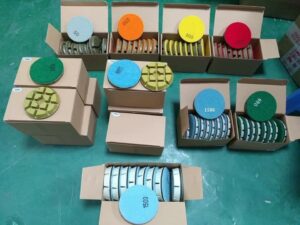


Best Diamond Polishing Pads: Factors to Consider
Choosing the right diamond polishing pads can mean the difference between a good polishing job and a great one. With that in mind, here are the most important factors to consider when making your decision.
The type of surface you’re polishing- some surfaces require specific pads to polish.
The desired results –depending on the level of shine you want, different pads will be better suited.
Whether you need a wet or dry diamond polishing pads- both wet and dry pads suit different applications
Surface size- larger areas may call for different pad requirements than smaller ones.
Diamond Quality – Not all diamond polishing pads are created equal. Some are made with lower quality materials that may not stand up to extended use.
1.Type of Surface
You can use diamond polishing pads to grind many different surfaces, but mostly concrete, marble, porcelain, quartz, and granite. Others include limestone, travertine, and terrazzo.
There will usually be two types of pads available – those that are designed for generalized use, and those that are specific to a certain type of surface.
If you know what type of surface you’ll be working on, then it’s best to choose a pad that’s designed for that material. Here is what to look for in the best diamond polishing pads depending on the surface type.
The best diamond polishing pads for marble and other soft materials will be those that have wider channels to prevent clogging. You can also use dry pads, since these materials will not generate a lot of heat, among other factors.
For hard surfaces such as granite, you’ll need a different type of pad. These will usually have smaller channels. You may also need to use wet diamond polishing pads to prevent overheating, especially if you have large areas to cover.
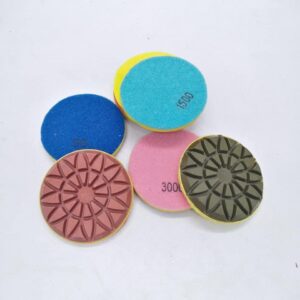


2.Desired Results
The type of results you’re hoping to achieve will also play a role in choosing the best diamond polishing pad. If you’re simply looking to smooth out a rough surface, then a lower grit pad will suffice.
But if you’re looking to achieve a high-gloss finish, then you’ll need a pad with a higher grit. For example, if you’re polishing concrete, then a diamond polishing pads set of 50 to 1500 will work.
Diamond pads come in sets, with each successive pad having a higher grit rating. This allows you to start with a lower grit and work your way up to the desired results. That said, you will want to choose a set that contains the specific grits you need for your project.
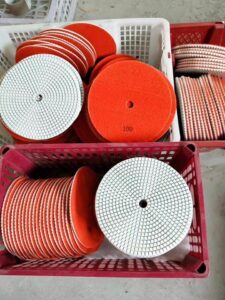


3.Wet or Dry Polishing Pads?
The best diamond polishing pads for your needs will also depend on your type of surface and if it needs a dry or wet polishing pads. Your personal preferences will also count, as each type of pad will have its pros and cons.
Wet diamond polishing pads will work for hard, abrasive surfaces that will produce a lot of heat, such as concrete. However, these can make the process messy, as they produce slurry and may not be pleasant to use in some settings.
Dry polishing pads, on the other hand, are better for surfaces that are sensitive to water, such as marble. Also, when polishing small areas that will not heat the pad. Dry pads have their downsides when it comes to the polishing process.
For one, they produce a lot of dust, and you may need to ensure you’re adequately protected by wearing a mask. Because there’s no cooling, the pad will heat up. For this reason, we suggest choosing pads that use metal or ceramic diamond binders.
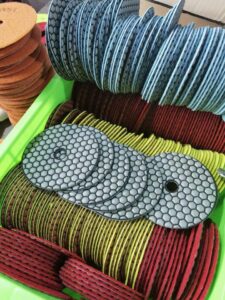


4.Surface Size
How large or small of an area do you need to polish? That will also affect the type of diamond polishing pad you choose. To cater to this, the pads come in different sizes and with different materials for the diamond binding agent.
If you’re working on a small surface, such as a countertop, then a smaller pad will suffice. But if you’re working on a large floor area, then you’ll need a larger pad, up to 7 inches. Many users find 4 to 5-inch diamond polishing pads ideal for most polishing jobs.
We must add that the best diamond polishing pad for larger surfaces will be a ceramic or metal binder. This is because such surfaces take longer to complete, and much heat will be generated. You would also do well to select wet polishing pads.
5.Diamond Quality
A diamond pad polisher is composed of grits of a synthetic diamond embedded in a metal, ceramic or resin matrix. The quality of the diamonds used will have a direct impact on the results you are able to achieve.
If you’re going to be polishing hard materials, you’ll need a pad with high-quality diamonds. Lower-quality diamonds can wear down quickly, making them unsuitable for polishing hard surfaces.
While not always, higher quality diamonds generally come at a higher price. That’s because it costs more to produce them. However, the extra cost is often worth it in the long run, as high-quality diamonds will last longer and provide a better polish.
Conclusion
Depending on what you’re polishing and what results you desire, the right diamond polishing pads to buy will vary. Use this guide to help you choose the best pad diamond polishing pads. With the right pad, you’ll be able to achieve the perfect polish on any surface. Not only that, but also ensure your surfaces are protected from scratches and damage.

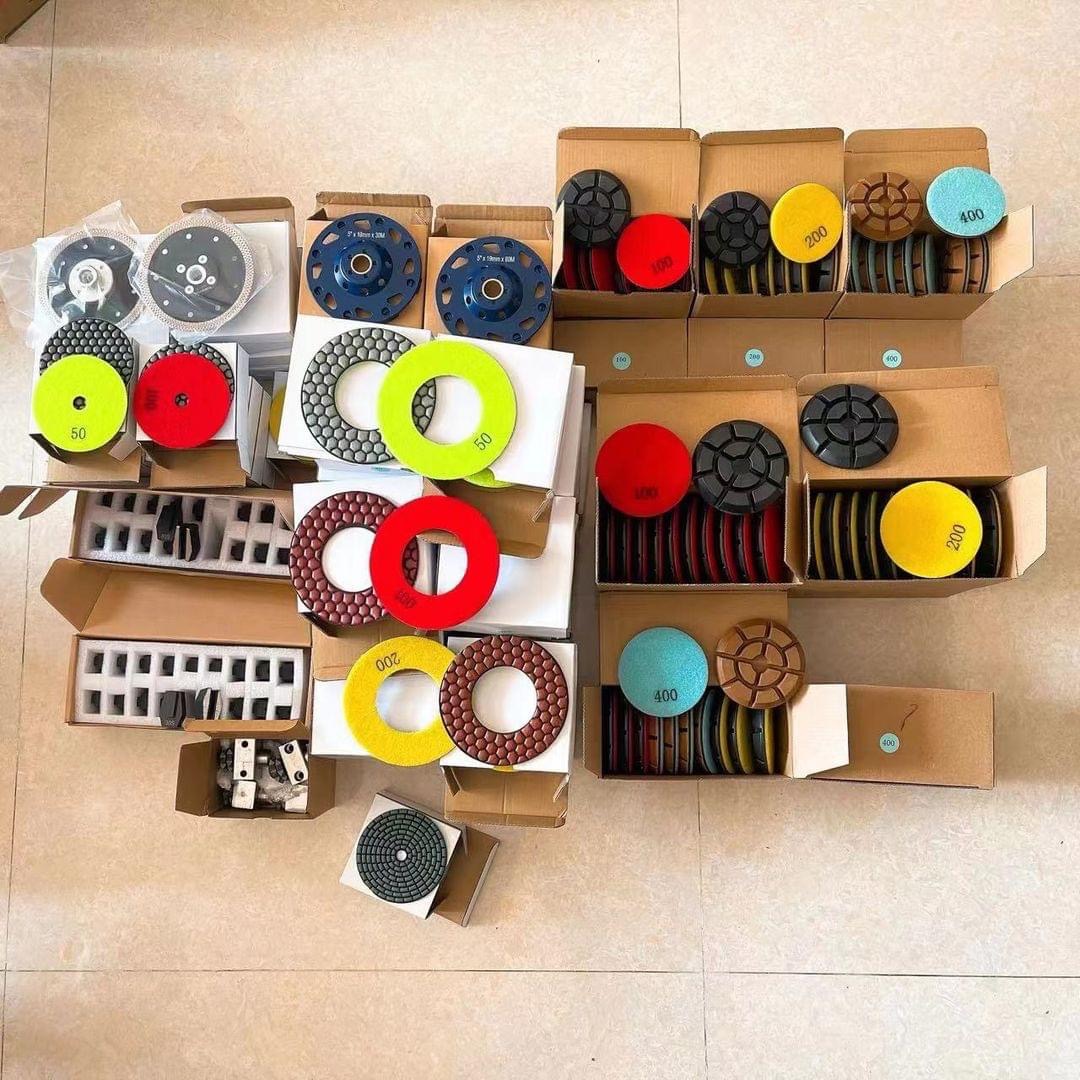
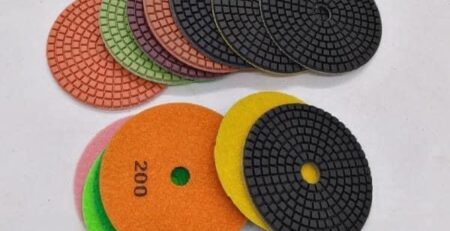
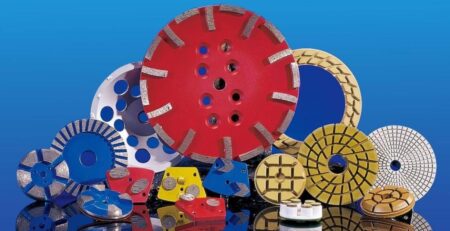
Leave a Reply